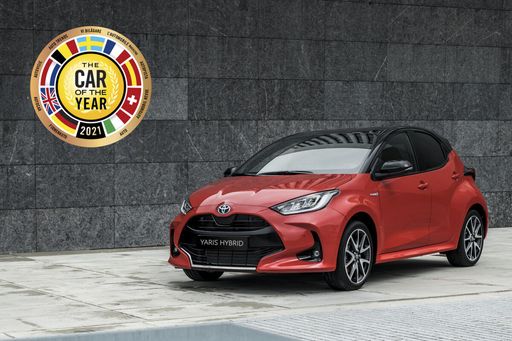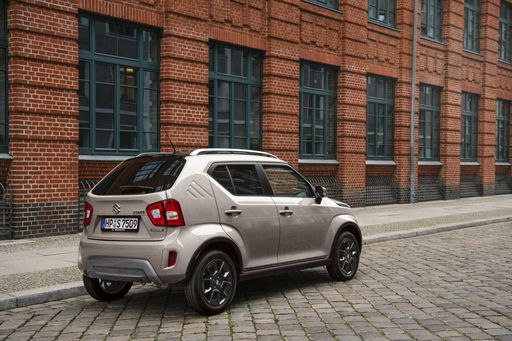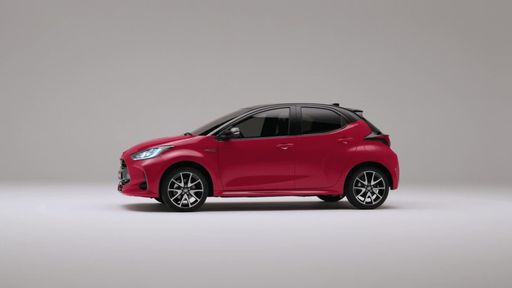The Battle of the Compact Cars: Suzuki Ignis vs Toyota Yaris
In the world of compact cars, two names often stand out: the Suzuki Ignis and the Toyota Yaris. Both vehicles offer unique features, technical capabilities, and innovations aimed at making your driving experience more enjoyable and efficient. In this article, we will dissect the characteristics of each model, comparing their performance, interior space, and technology to help you make an informed decision.







